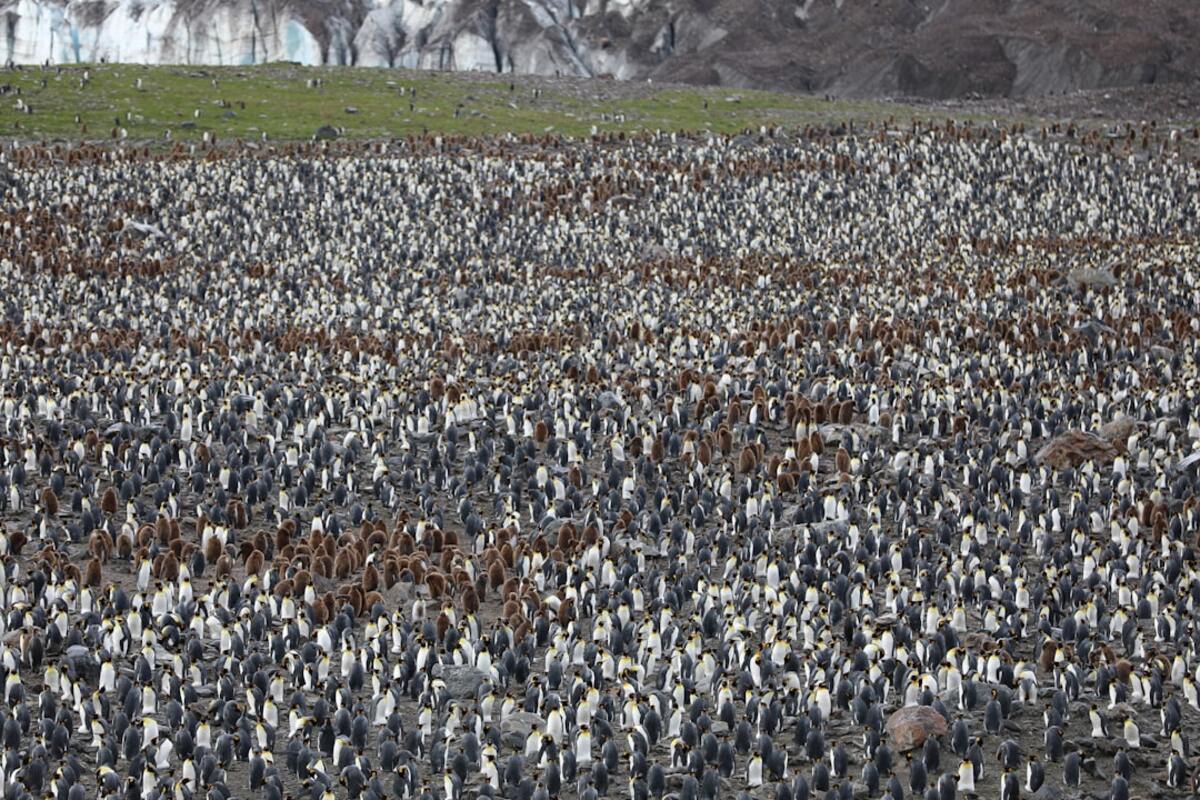The Hidden Palaces of Antartica's Ice Caves
Discover the breathtaking world beneath Antarctica's ice, where nature carves intricate palaces of ice that hold secrets yet untold.

- Antarctica's ice caves are constantly evolving, with new formations appearing as the ice shifts and melts.
- Scientists explore these caves to study climatic changes and uncover ancient environmental secrets.
- The caves offer a surreal landscape, with crystalline formations and a unique ecosystem adapted to extreme conditions.
Introduction to Antarctica's Ice Caves
Beneath the vast, frozen expanse of Antarctica lies a hidden world of ice caves, sculpted by the relentless forces of nature. These caves, often isolated and difficult to access, provide a glimpse into the dynamic processes shaping our planet. As these icy structures shift and evolve, they reveal stunning formations – natural palaces that captivate explorers and researchers alike. The ice caves of Antarctica, though remote and challenging to reach, are a testament to the beauty and complexity of Earth's natural systems.
The Formation and Evolution of Ice Caves
The formation of ice caves in Antarctica is primarily driven by the movement and melting of glaciers. As glaciers flow and interact with the underlying bedrock, they carve out intricate networks of caves and tunnels. These passages are further shaped by meltwater, which can create magnificent ice formations and crystal-clear pools. The process is dynamic, with caves constantly being reshaped by the shifting ice and changing temperatures. This ever-evolving landscape provides scientists with a unique opportunity to study the effects of climate change and ice dynamics.
| Feature | Description |
|---|---|
| Glacial Movement | The primary force behind the creation of ice caves, as glaciers carve through rock and ice. |
| Meltwater | Melting ice contributes to cave formation by creating tunnels and reshaping existing structures. |
| Temperature Fluctuations | Seasonal and long-term climate changes affect the size, shape, and stability of the caves. |
Scientific Exploration and Discoveries
Scientists are drawn to Antarctica's ice caves not only for their beauty but also for the valuable data they can provide. These caves are natural laboratories where researchers can study past climates by analyzing ice cores and other geological features. The conditions within the caves offer insights into how ice sheets respond to environmental changes and potential impacts on global sea levels. Moreover, the unique microbial life found within some caves may hold clues to life's resilience in extreme conditions, potentially informing astrobiology and the search for life beyond Earth.
Research expeditions often employ advanced technologies, such as drone mapping and thermal imaging, to safely navigate and document these treacherous environments. These tools help scientists gather data from areas too dangerous to reach by foot. The ongoing exploration of Antarctica's ice caves continues to reveal new discoveries, shedding light on the planet's past and offering predictions for its future.
The exploration of Antarctica's ice caves is not just a scientific endeavor but also an adventure that captures the imagination. The surreal beauty of these frozen palaces, with their shimmering walls and ethereal lighting, offers a glimpse into a world few have seen. As researchers delve deeper into these hidden realms, they uncover the fascinating processes that shape our world, providing a deeper understanding of the natural forces at play on our planet.
